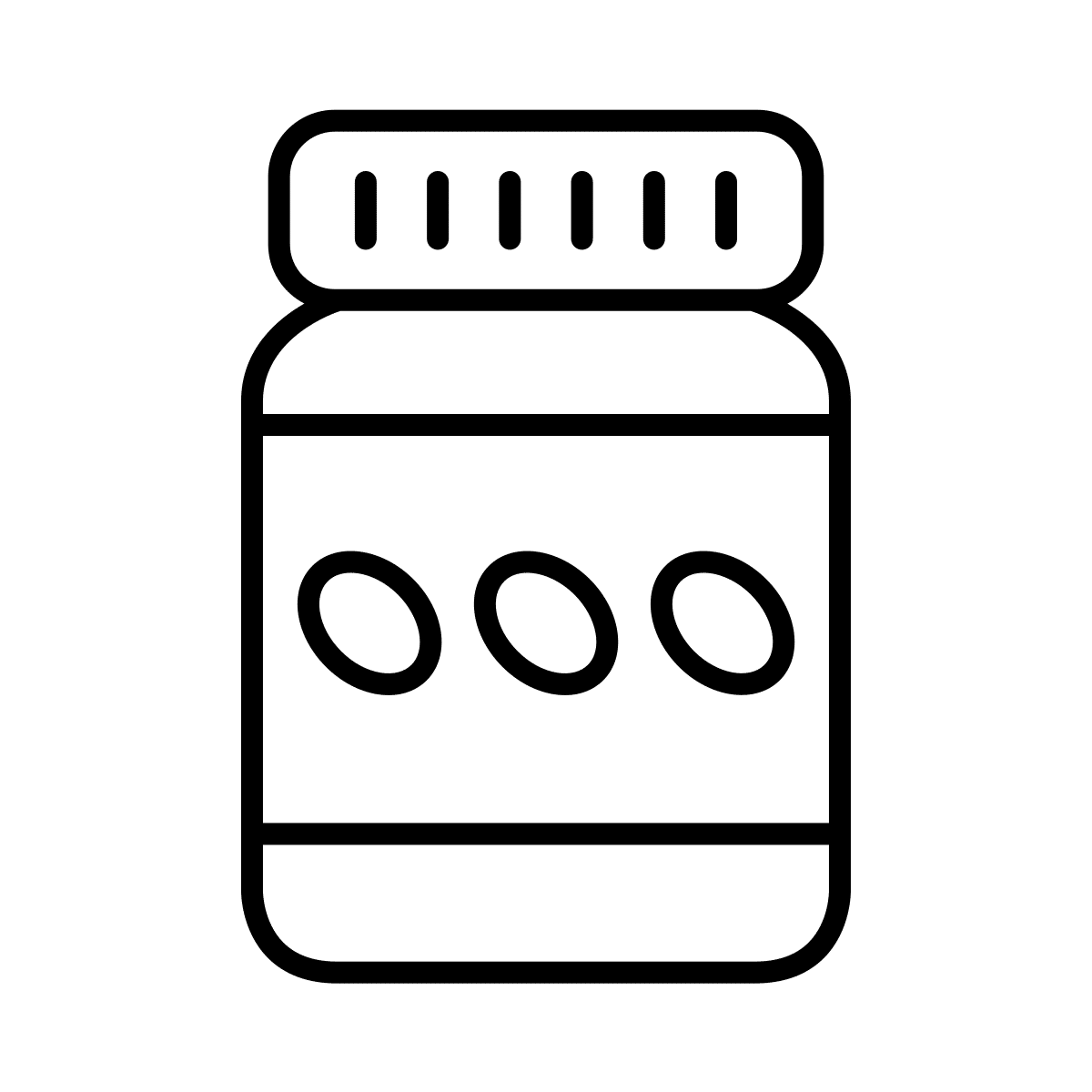A roadmap to better mobile conversions
Can Progressive Web Apps (PWAs) help eCommerce brands to boost mobile sales and loyalty in 2020? Read what PWAs are and how they affect eCommerce conversion.
Have you heard about Progressive Web Apps (PWA)? They’re a bit like apps lite – all the full-bodied features you’ve come to expect, but without the bitter aftertaste of app store approvals.
They don’t need to be downloaded then locally installed. Instead they appear like magic inside mobile web browsers. Users who’ve found you via organic search get instant access. And since most online shopping traffic now originates from mobile, those features make PWAs the perfect solution for driving engagement and increased e-commerce revenue.
If you’re thinking about how to optimize your mobile channel mix, this guide will explain where PWAs for ecommerce can fit in.

What’s a Progressive Web App (PWA), exactly?
Progressive Web Apps (PWA’s) are native apps, but instead of having to install them locally, anytime a potential shopper lands on your URL, the PWA pops up in their mobile browser.
What shoppers get is an ‘app-like’ experience that combines the best of mobile websites and native mobile apps. While locally-installed ‘native’ apps offer the most full-featured experience – In fact they’re the number one conversion channel for e-commerce in any format, desktop or smartphone – adding a PWA to the mix can give your mobile sales a big boost.
Google introduced Progressive Web Application technology in 2015 to help retailers drive traffic to their sites with SEO and still benefit from app functionality. PWAs for ecommerce integrate the high-converting features of a native app, but technically they’re still websites – just with loads of widgets under the hood.
“The app-like experience of ecommerce PWAs is good enough to drive conversions 50 percent higher than using a mobile site alone.”
Why PWA’s work for ecommerce

Anywhere from 60 to 70 percent of traffic to retail websites now comes from smartphones, so optimizing the mobile shopping experience should be the number top priority for every e-commerce team. But many have a steep hill to climb. Despite all that mobile web traffic, mobile conversion still lags behind desktop.
It’s what we call the m-commerce gap.
When it comes to making sales, smartphones still punch below their weight. More and more people are browsing products on the go, so what’s stopping them from following through with a purchase? In many cases it’s the mobile shopping experience itself.
While most retailers have upgraded their websites to mobile-responsive technology, they’re just rendered for smaller screens. Layouts and images are adjusted to suit mobile dimensions and input methods (good!), but full use of all the advanced features smartphone users take for granted remain out of reach (not so good).
Along with limited functionality, responsive web design clutters mobile screens with content on-the-go users don’t need. They get overloaded with information or see it presented weirdly.
It makes trying to buy something on a responsive site slow and awkward, but the real conversion killer is the absence of advanced m-commerce functions like autofill and saved address and payment info. If mobile shoppers have to type with one hand while holding a credit card in the other, many get fed up and quit.
The truth is: as good as today’s mobile websites are, apps offer a far better experience. Add their ability to reach anyone, anywhere, on any device instantly — without leaving the convenience of web browsers behind — and PWAs start to look like the natural ecommerce alternative.
Progressive Web App features
Progressive Web Apps use the hidden capabilities of modern web browsers to add app-like functionality. PWAs for ecommerce make the mobile shopping experience more seamless for users.
Here are the essential features that make PWAs a great way to bridge the m-commerce gap.
- PWA feature #1 Instant page loads:
Progressive Web Apps load all cached content instantly. For example, content downloaded for a product listing page can be used as a placeholder on the product display page, providing the perception of an instantaneous response. Customers won’t see the expected flash of white screen as they navigate between pages, and common elements, such as the page header, will persist throughout each transition.
- PWA feature #2 Push notifications:
Web-based push notifications can engage customers even when their mobile browser is closed. Since web push is a relatively new channel, it’s less noisy than email and ensures your message doesn’t get lost in overflowing inboxes. Industry benchmarks show that 2.7x more people will open and click a web push notification over an email.
- PWA feature #3 Payment Request API:
Payment Request is a simple API built into mobile browsers to enable fast, seamless, and secure payments. It’s a great example of optimizing mobile to make awkward tasks easy to complete – getting rid of checkout forms so that smartphone shoppers can quickly complete a purchase.
- PWA feature #4 Offline Mode:
Offline mode lets users keep on browsing even in areas with low (or no) connectivity. It’s not meant for extended periods but for those times when the cellular signal is intermittent, offline mode will deliver pre-cached content to the user’s screen
- PWA feature #5 Add to Homescreen:
Once a customer reaches a certain level of engagement, you can prompt them to add a shortcut from the PWA to their phone’s homescreen – giving it – and your brand – the same visibility and fast-access as a native app. The home screen is a sought-after piece of digital real estate — a trusted spot in people’s lives. Having your logo’d icon there is like a constant billboard, keeping you top of mind.
“AliExpress increased its conversion rate for new users by 104% with its new PWA”
PWA ecommerce examples – how do PWAs perform?
How AliExpress increased mobile conversions by 104%
The online marketplace AliExpress is a household name in e-commerce circles. With a customer base of approximately 150 million users, its native mobile app was delivering sales. But not at the level company marketers believed possible.
Challenges:
- Adoption of its native apps for iOS and Android fell short of expectations
- The mobile website needed a strong internet connection to work
- Overall the conversion rate on mobile was low
Solution:
Adding a PWA helped AliExpress fine-tune its mobile channel mix. By adding a cross-browser web application that worked as well on mobile devices as it did on desktop, the company was able to reduce shopping cart abandonment and improve conversion dramatically.
The functional benefits of the PWA included:
- Fast and reliable UX experience.
- Push notifications enabled.
- Offline accessibility.
- A smoother UI interface.
Results:
With the option of a PWA, AliExpress visitors could spend more time browsing available products and prices without downloading a mobile app. Organic traffic started generating sales at a higher rate, leading to a 100 percent increase in conversions.
Other examples of PWA ecommerce success:
- Lancôme increases conversion by 17%
- George.com, a leading UK clothing brand, saw a 31 percent increase in mobile conversion, 3.8x faster average page load time and 20% more page views per visit.
- Flipkart, India’s largest e-commerce site, saw 70% greater conversion rate among those arriving via Add to Homescreen and 3x more time spent on site.
- UniqueWines saw an increase of 42% conversion rate after replacing their mobile site for an ecommerce PWA.
On this page (https://www.pwastats.com/tags/e-commerce) you’ll find even more examples of ecommerce brands making the switch to PWAs and achieving great results.
PWAs: the benefits for eCommerce stores
PWAs offer ecommerce teams and retailers of all sizes an excellent way to deliver an app shopping experience and improve the purchase journey for mobile customers. PWAs have other benefits too:
PWAs are faster
With pre-caching, PWAs load fast even with poor connectivity on mobile devices. Many users will abandon a website that takes more than a few seconds to load, so speed is crucial for your business. Faster loading also translates to better indexing by search engines, and therefore, PWAs have considerable SEO advantages.
PWAs reward effective SEO
From an SEO standpoint, search engines view PWAs as websites and fully index them. Native apps, on the other hand, are not indexed and will not impact your SERP. In addition, PWAs are just a website, so users can share the link and combined with an optimized backlinking strategy can boost SEO rankings in a way that native apps can’t.
PWAs have lighter data requirements
Caching reduces the data transfer needs of your app. Fewer API requests reduce your need for server capacity and bandwidth to support your application. Your customers will also use less of their mobile data plan while browsing your web app. Along with this, PWAs usually take up less storage space, so users are more likely to download them than native apps.
PWAs no need for app stores
One of the greatest competitive advantages of ecommerce PWAs over native apps is discoverability. PWAs aren’t downloaded via app stores, so there’s less friction for potential users to install the app. You also don’t need to build, submit for review, and market separate apps for iOS and Android. Users that are already on your website have the option to install the app, giving them a better user experience and leading to a higher chance of adoption.
PWAs reduce development costs
For a long time, PWAs (and native apps) were out of reach for many companies due to their long development cycles and budget requirements. PWAs are often sold as though the technology was still ‘cutting edge’ (and therefore expensive). With JMango360 they can now be created affordably and quickly using our Open SaaS platforms. You can spend money improving your mobile site — or for the same investment, trade up to a PWA which is already optimized for m-commerce.
PWAs create better user experiences
Responsive technologies are designed to work on any device. The principle of progressive enhancements means focusing first on core content and features, and adding to them as browser capabilities and user preferences evolve. eCommerce PWAs offer the best of both worlds to ensure a better digital experience for all users.
PWAs promote engagement
There’s no doubt that PWAs lead to better customer engagement. Their caching and offline capabilities allow users to browse even without a reliable connection, and stop shoppers from abandoning sites due to long loading times. Features like push notifications and location tracking let marketers provide relevant content to mobile users whenever and wherever.
PWAs increase conversions
For eCommerce stores, moving to a PWA can drastically improve conversions. AliExpress, for example, increased its conversion rate for new users by 104% with its new PWA. Along with better engagement, PWAs can offer a simplified user experience and checkout process that efficiently moves users down the sales funnel.
“The app-like experience of ecommerce PWAs is good enough to drive conversions 50 percent higher than using a mobile site alone.”
So, progressive web app vs native vs responsive?
It’s clear that to cater to mobile shoppers, a responsive site just isn’t enough in 2020. eCommerce brands need to add an advanced mobile experience to start boosting conversion and engagement.
If not, shoppers will get annoyed, leave your site and might not return.
But should it be a PWA, a native app or both?
It really depends on the audience you want to reach. To capture new customers and increase conversions, replacing mobile websites with a PWA or adding a PWA next to your site can make sense. To keep loyal users engaged and coming back, the full functionality and targeted marketing capabilities of a native app might be more appropriate.
Some brands will start extending the channel mix by adding an ecommerce PWA in parallel with their responsive site – it’s possible to do both – and then measure results to see if a native app is still required.
Some brands chose to replace their mobile site entirely with a PWA, while others – like Zalando – use a native app for their most loyal customers, a PWA for new customers on Android because these users get more functionalities and mobile-responsive website site for new customers using iOS.
Are there any downsides to Progressive Web App development?
Even with those drawbacks they offer any company selling goods and services online a more powerful channel to grasp the m-commerce opportunity — and with SaaS technology developing a Progressive Web App is more affordable and accessible than ever.
Here at JMango360 we design and launch eCommerce PWAs in 4-to-6 weeks with all the features you need to attract and convert customers.
Want to develop a PWA or native app fast and easy? We’d love to help!
Request more information below!








